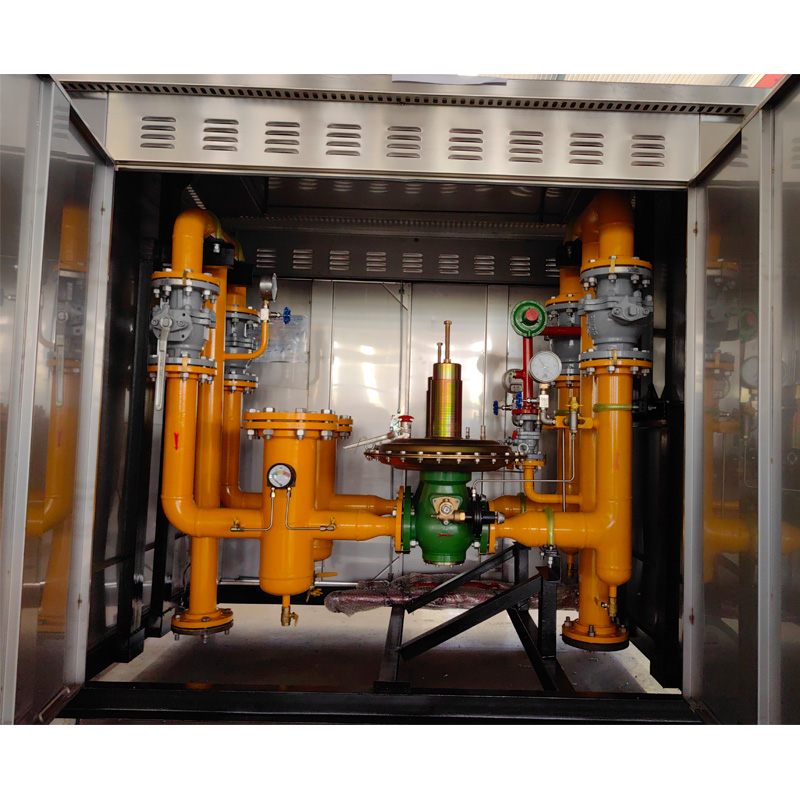
Jul . 10, 2024 15:47
Back to list
Alternate ways to maintain pressure relief valves and their importance in machinery
Relief valves are crucial components in many systems and processes, providing protection against overpressure and ensuring the safety and efficiency of the system. These valves are designed to open at a preset pressure to relieve excess pressure and prevent catastrophic failure of the system.
Relief valves are commonly used in a variety of industries, including oil and gas, chemical processing, power generation, and manufacturing. In these industries, relief valves play a critical role in protecting equipment, pipelines, and vessels from overpressure situations that can lead to leaks, explosions, or other dangerous outcomes.
The principle behind relief valves is simple when the pressure in a system exceeds the set point of the valve, it opens to relieve the excess pressure. This prevents damage to the system and helps maintain safe operating conditions. Relief valves can be set to open at a specific pressure based on the requirements of the system they are protecting.
There are several types of relief valves, including spring-loaded relief valves, pilot-operated relief valves, and balanced relief valves. Each type has its own advantages and applications, depending on the requirements of the system

relief valves. Spring-loaded relief valves are simple and reliable, while pilot-operated relief valves are more complex and provide better control over the opening and closing of the valve. Proper maintenance and testing of relief valves are essential to ensure they are functioning properly and providing the necessary protection. Regular inspections, testing, and calibration of relief valves are critical to ensure they will operate as designed in the event of an overpressure situation. In addition to protecting equipment and processes, relief valves also play a role in environmental protection. By preventing overpressure situations that can lead to leaks or spills, relief valves help minimize the risk of environmental contamination and reduce the impact on surrounding ecosystems. Overall, relief valves are a critical component in many industrial processes, providing essential protection against overpressure situations and ensuring the safety and efficiency of the systems they are protecting. Proper selection, installation, and maintenance of relief valves are essential to ensure they will perform as intended when needed. By understanding the importance of relief valves and taking the necessary steps to maintain them, industries can help prevent costly equipment failures, protect the environment, and ensure the safety of their employees.

relief valves. Spring-loaded relief valves are simple and reliable, while pilot-operated relief valves are more complex and provide better control over the opening and closing of the valve. Proper maintenance and testing of relief valves are essential to ensure they are functioning properly and providing the necessary protection. Regular inspections, testing, and calibration of relief valves are critical to ensure they will operate as designed in the event of an overpressure situation. In addition to protecting equipment and processes, relief valves also play a role in environmental protection. By preventing overpressure situations that can lead to leaks or spills, relief valves help minimize the risk of environmental contamination and reduce the impact on surrounding ecosystems. Overall, relief valves are a critical component in many industrial processes, providing essential protection against overpressure situations and ensuring the safety and efficiency of the systems they are protecting. Proper selection, installation, and maintenance of relief valves are essential to ensure they will perform as intended when needed. By understanding the importance of relief valves and taking the necessary steps to maintain them, industries can help prevent costly equipment failures, protect the environment, and ensure the safety of their employees.
Latest news
-
Safety Valve Spring-Loaded Design Overpressure ProtectionNewsJul.25,2025
-
Precision Voltage Regulator AC5 Accuracy Grade PerformanceNewsJul.25,2025
-
Natural Gas Pressure Regulating Skid Industrial Pipeline ApplicationsNewsJul.25,2025
-
Natural Gas Filter Stainless Steel Mesh Element DesignNewsJul.25,2025
-
Gas Pressure Regulator Valve Direct-Acting Spring-Loaded DesignNewsJul.25,2025
-
Decompression Equipment Multi-Stage Heat Exchange System DesignNewsJul.25,2025

